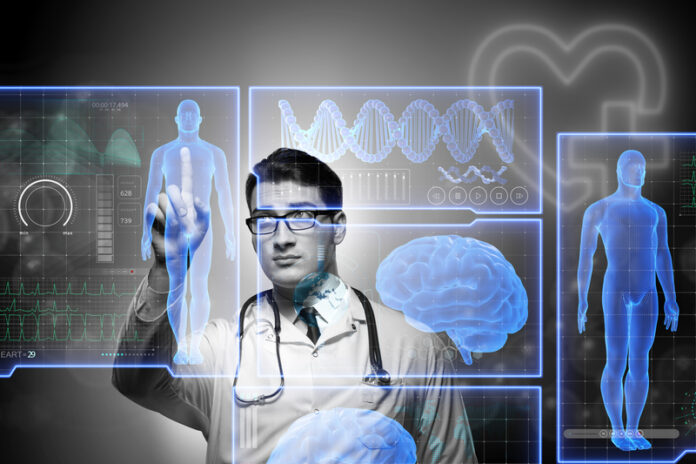Please welcome Pamela Kila with her first contribution to 21st Century Tech Blog. Pamela is a seasoned medical researcher with a keen interest in healthcare technology. She has over a decade of experience in the field. Her work appears in several healthcare publications where she writes about personal health and technological advances in the field of healthcare.
Access to personal local healthcare in Canada and the United States, particularly in northern fly-in communities, is compromised. Telehealth solutions provide a virtual connection. As broadband and satellite telecommunication options grow, remote communities benefit from medical professionals at the top of their game.
I will let Pamela tell you more and welcome your comments.
Thanks to technology, healthcare services are now available even in underserved locations with little or low access to healthcare. To be specific, telehealth solutions are helping remote areas access doctor consultations, medical prescriptions, health education, and much more.
Telehealth solutions put medical services just one click away. The technology combines telehealth software, applications, and online platforms for healthcare experts and patients to interact. The result, the gaps are closing between healthcare services operated in big urban centres and what is available in remote communities.
The Need for Better Healthcare in Remote Areas
There is increasing demand for better healthcare services all around the world. Patients expect to get faster services in the Internet Age. Demand for more innovative solutions in healthcare is leading to telehealth solutions. Providers such as Empeek are playing a pivotal role by creating custom software and applications to serve healthcare facilities allowing them to offer better remote services to patients.
Building Bespoke Telehealth Solutions
Telehealth solutions provide connectivity for healthcare providers to provide expertise to underserved patients living in remote areas. Solutions include customized software, mobile phone apps, wearables, and other devices. The Internet provides the medium for instant access to data in the cloud, video and audio communications, and other forms of communication and collaboration.
Bespoke means custom-designed. These solutions can be tailored to the specific needs of a remote community. They address the following:
- Emergency care – Whether it is an ambulance or an ER in remote areas a telehealth solution can help improve emergency care for affected victims using software or apps. Local healthcare providers can collaborate with more qualified remote experts to provide care.
- Primary care – This form of telehealth provides consultations, continuous care, routine checkups, and chronic illness management. A good telehealth solution gives patients and healthcare officials an information exchange environment for self and local assistance management.
- Specialty care – Telehealth solutions working with homecare attendants can service special needs patients helping to navigate their care.
Telehealth is a Fast Growing Market
In 2023, the global telehealth market reached US $101.2 billion. Demand continues to feed the growth which is expected to reach a half-trillion dollars by 2030.
The COVID-19 pandemic played a big part in building demand for telehealth applications. Future pandemics and disease outbreaks in remote regions of the planet, faster development of vaccines and novel treatments and the ubiquity of smartphone technology will further fuel the growth, as will government and insurance companies seeking less expensive ways to pay for healthcare.
Telehealth solutions answer many of the challenges healthcare delivery faces today. They provide:
- Increased access to fast healthcare solutions – The main benefit continues to be providing quality healthcare to underserved areas. Today, it means more patients have access to healthcare regardless of where they live.
- Better patient data management – All telehealth solutions collect, store, and analyze patient data. The benefit of all this accumulated data is when anonymized it can lead to better decision-making by health professionals. With artificial intelligence (AI), these datasets can be mined to identify diseases and health conditions that may be missed by health professionals leading to more timely delivery of treatment and interventions to save lives.
- Personal patient access to healthcare records – Telehealth mobile apps involve the patient. They can monitor their health status and actively partner with local and remote healthcare teams in treating medical conditions. Health outcomes are better when patients are involved in the investigation and decision process.
- Cost-effective healthcare service delivery – Telehealth delivers medical expertise repeatedly without costly transportation to and from remote locales. For government and medical insurance providers, the cost savings are significant. Instead of sending patients away from their remote homes to urban centres, they can be treated quickly in their locale and followed remotely.









